Recently updated on January 17th, 2025 at 06:06 am
Creativity Skills is the ability to think about a task or an issue in a novel or different way; moreover, it involves using one’s imagination to develop new ideas. Consequently, creativity allows you to solve tough challenges and create novel approaches to assignments. If you are creative, you see things from a unique perspective. Furthermore, imagination, curiosity, adaptability, originality, collaboration, critical thinking, and risk-taking are all essential components of creativity. Importantly, these abilities can be honed and enhanced via practice, investigation, and open-minded experiences.
What are creative art basics?
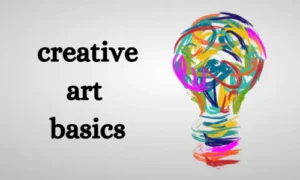
Students in Creative Arts are exposed to Dance, Drama, Music, and Visual Art. This topic aims to help students develop into creative, imaginative persons who appreciate the arts.
What does a creative teacher do?
Creative teachers can, therefore, constantly reinvent themselves and, in turn, adjust their teaching techniques and strategies to comprehend better and handle their classroom’s diversity. Moreover, creative teachers engage students by employing a variety of teaching methods. Additionally, they create a positive learning environment, integrate arts across subjects, encourage critical thinking, tailor lessons to student interests, promote collaboration, utilize real-world connections, and, ultimately, guide reflection on learning experiences.
What are the five creative arts?
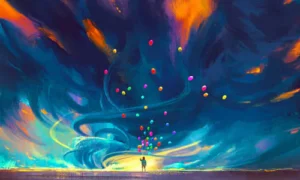
The five creative arts encompass visual arts, which include painting and sculpture; performing arts like theatre and dance; literary arts such as poetry and storytelling; media arts that involve film and digital creation; and crafts, which focus on handmade functional art like pottery and woodworking.
Is art a creative skill?
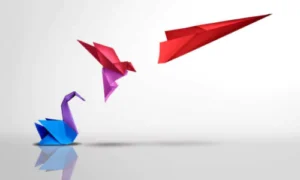
Indeed, art is classified as a creative skill since it requires the capacity to communicate thoughts, feelings, and concepts through diverse mediums such as painting, drawing, or sculpture. Additionally, creating art requires a blend of creative and technical skills. Specifically, it needs imagination, invention, and problem-solving skills, making it an important part of creativity.
Conclusion:
In conclusion, art is undeniably an important creative skill that allows people to express themselves and communicate complicated concepts through a variety of mediums. Furthermore, it stimulates the imagination, promotes innovative thinking, and improves problem-solving skills, making it a crucial component of personal and cultural expression. Ultimately, embracing art as a creative skill enriches our lives and helps to build a more vibrant, diversified community.


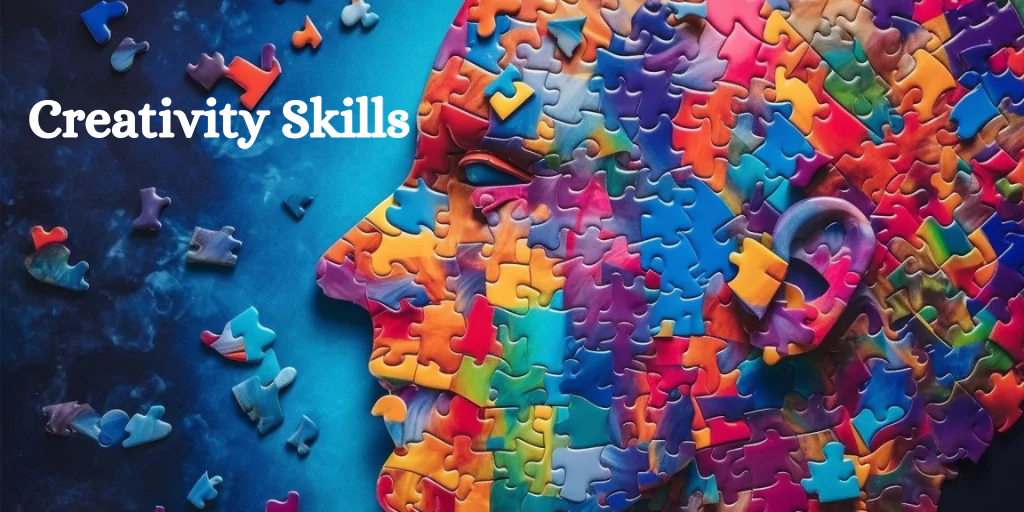
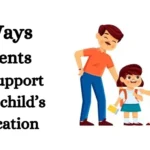

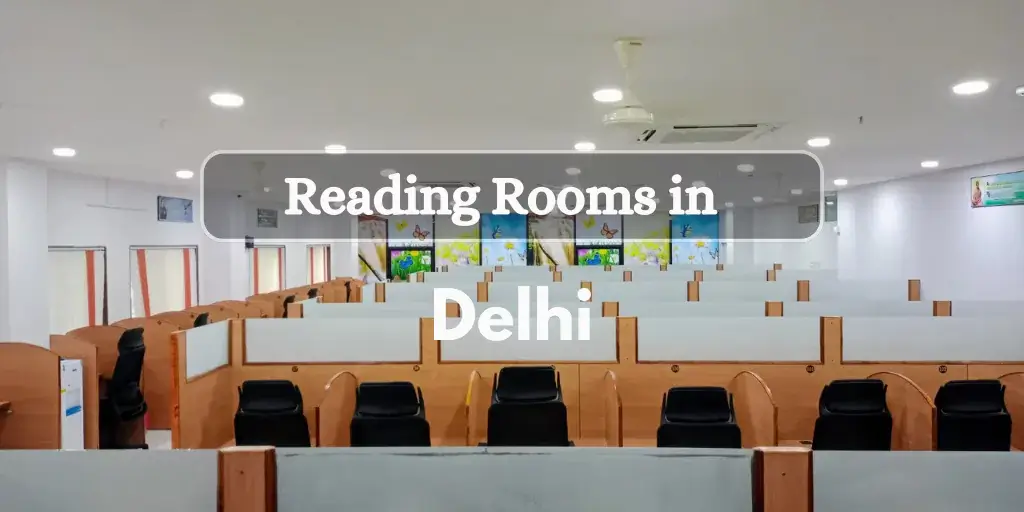
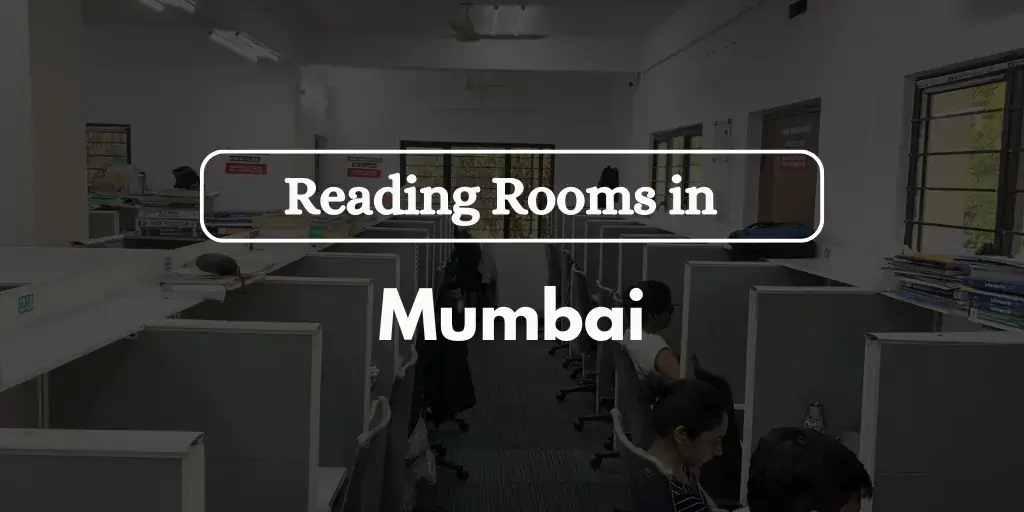
binance h"anvisningsbonus
September 18, 2024Thank you for your sharing. I am worried that I lack creative ideas. It is your article that makes me full of hope. Thank you. But, I have a question, can you help me? https://www.binance.com/register?ref=IXBIAFVY